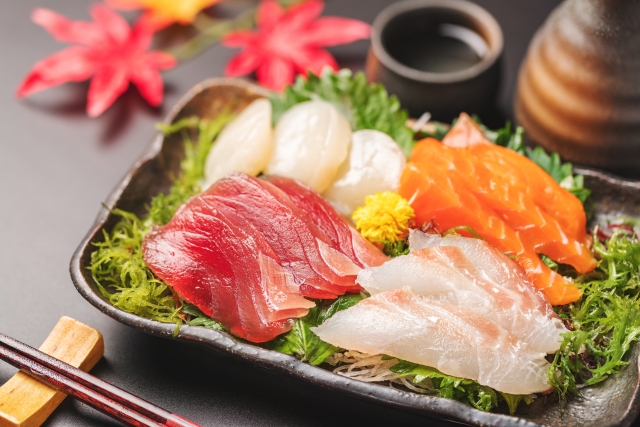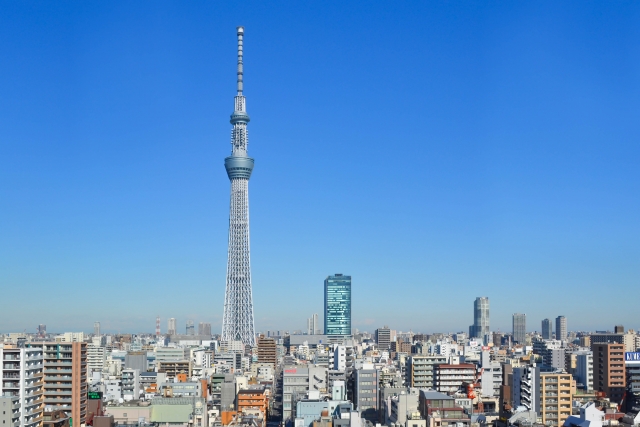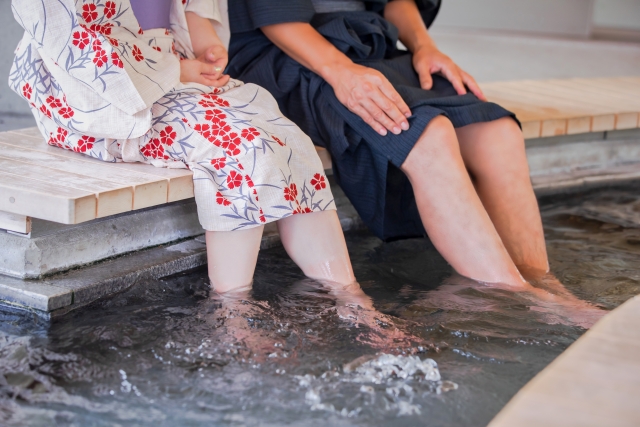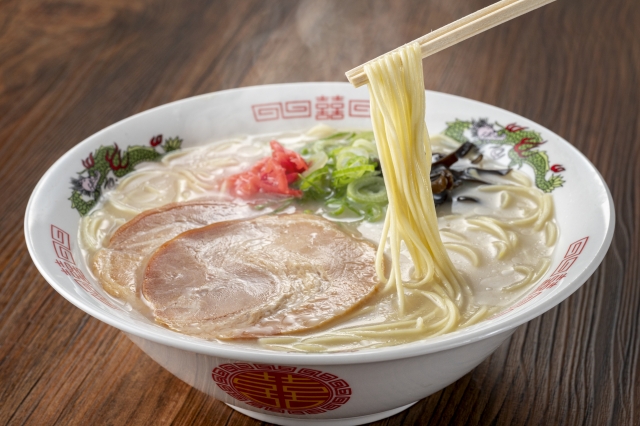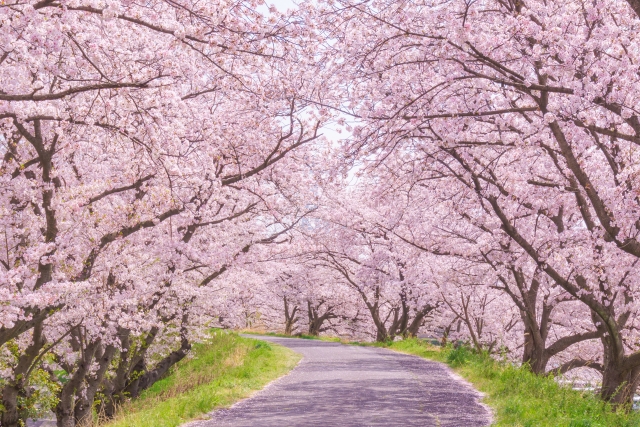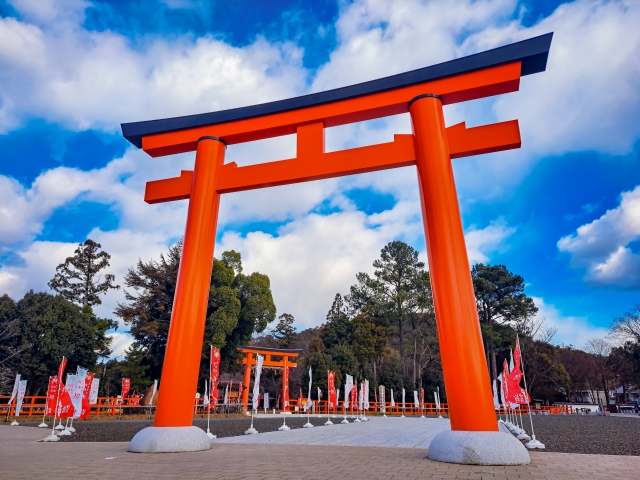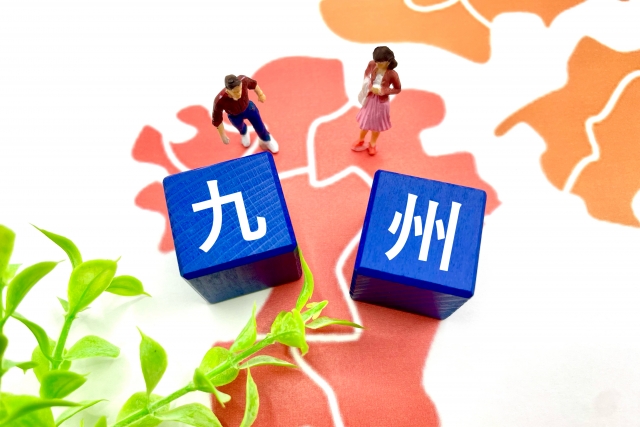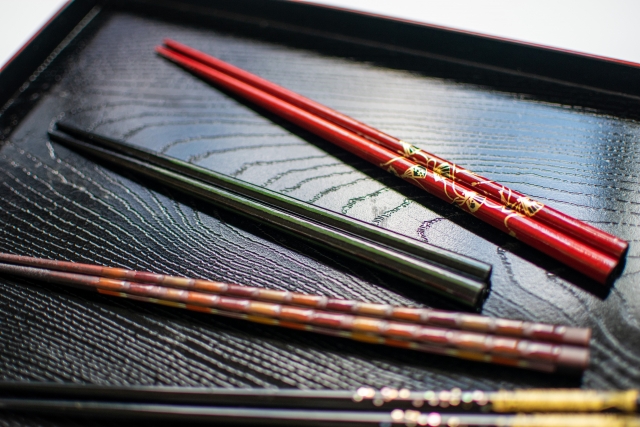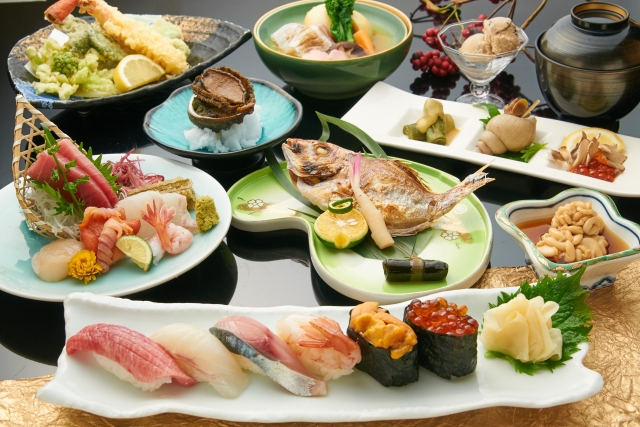“Washoku” or Japanese food has been attracting more attention from around the world since it was registered as an intangible cultural heritage by UNESCO, but there may be some foods that they are not comfortable because of the differences in food culture even though Japanese people eat as normal. For example, “Sashimi”, Which is a raw food, and some people may hesitate to eat it. However, if you know more about the origins of sashimi, a representative of gourmet food that has been loved by Japanese people since ancient times, you will be able to enjoy it with no worries. In this article, I would like to introduce the appeal of sashimi.
Contents


